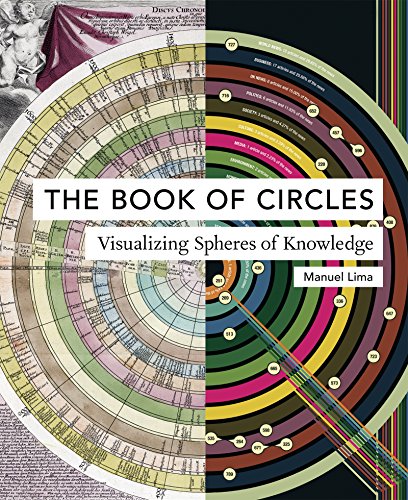
I. The Book of Circles [2017] by Manuel Lima – ★★★★
This illustrated non-fiction is all about the human presentation of knowledge through circles. The author states how natural it is for humans to try to classify and systematise all sorts of knowledge, and the circle serves as a perfect vehicle for doing so because it is a perfect geometrical figure standing for the Sun, among other things, and representing a multitude of other concepts, including movement, unity, wholeness, perfection and infinity. Being a shape that is omnipresent in nature, the circle may also be attracting our attention because of our innate evolutionary tendency to seek out human faces/eyes.
A large chunk of this book is devoted to showing various circles being used to illustrate and explain all sorts of concepts and progressions, from the presentations of the solar system, scientific theorems and alchemical tables to city maps, world economics and online engagements. There are things in this book which I never thought have been or could have been analysed using a circle, including the “Lineage of Sin in the Bible” (2009) by Anna Filipova and the changing colour of Lego sets (2015) by David Eaton.
Naturally, what caught my eye are the literary circular representations, for example, a team at DensityDesign produced a circular graph showing the breakdown of five Dickens’s most famous works “to highlight the linguistic relationships among them”, with the size of the bubbles in the graph corresponding to the number of times the word is used in all the works. David Copperfield, Little Dorrit, A Christmas Carol, Oliver Twist and Great Expectations were analysed, and such words as “time”, “house”, “Sir”, “mother”, “father”, “man”, “good”, “day” and “night” are all noted as repeated and inter-linked. Another unusual graph showed how often the word “war” has appeared in Popular Science magazine over the course of 130 years, and yet another circular presentation that I found particularly interesting was the graph titled “Dead Reckoning” by Alberto Lucas Lopez. It showed the leading causes of death around the world, with each cause and disease, as well as low and high-income countries’ comparisons, mapped out.
⚪ This beautiful book does lack a deeper insight into the nature of circles and what can we conclude about the circular presentations of knowledge included. However, the book certainly makes up for this oversight by the sheer number of illustrative examples on display. It is recommended in particular for those who love discovering quirky world, science or history facts.
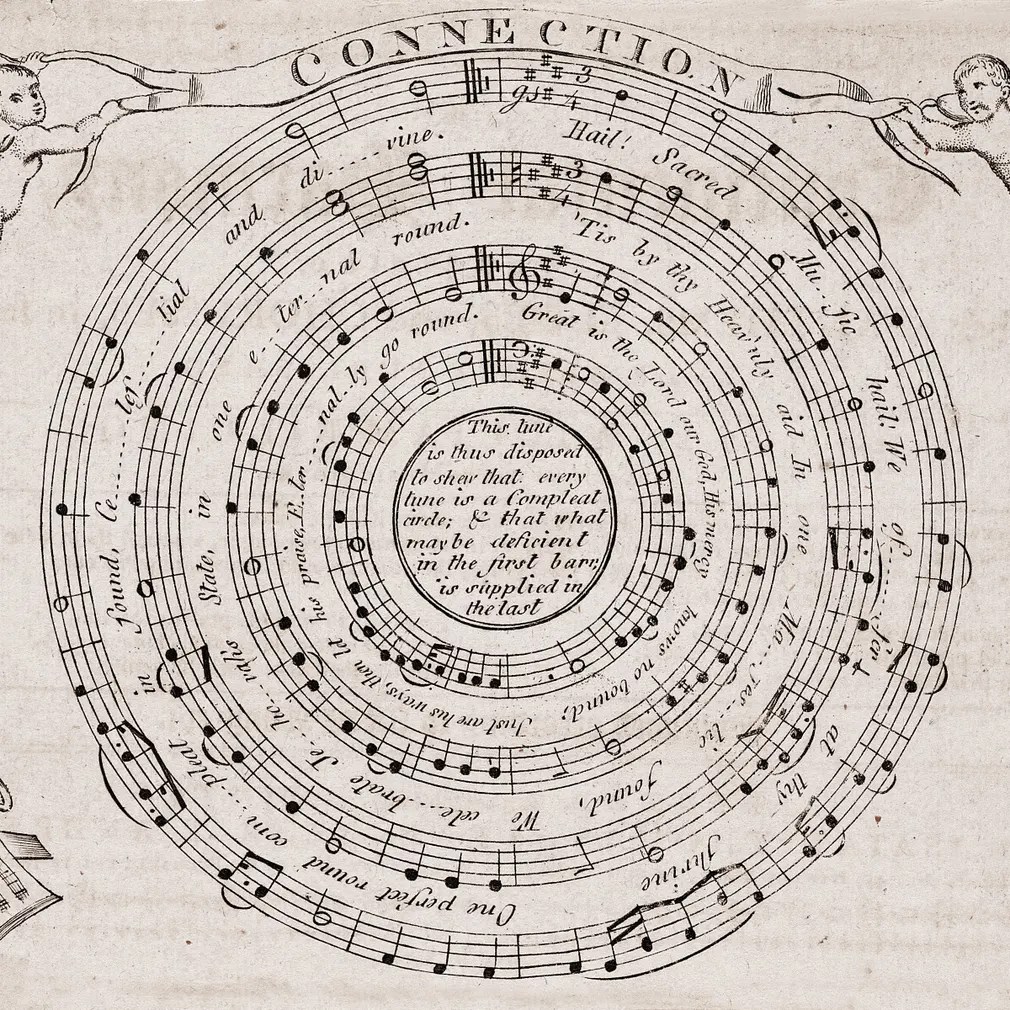
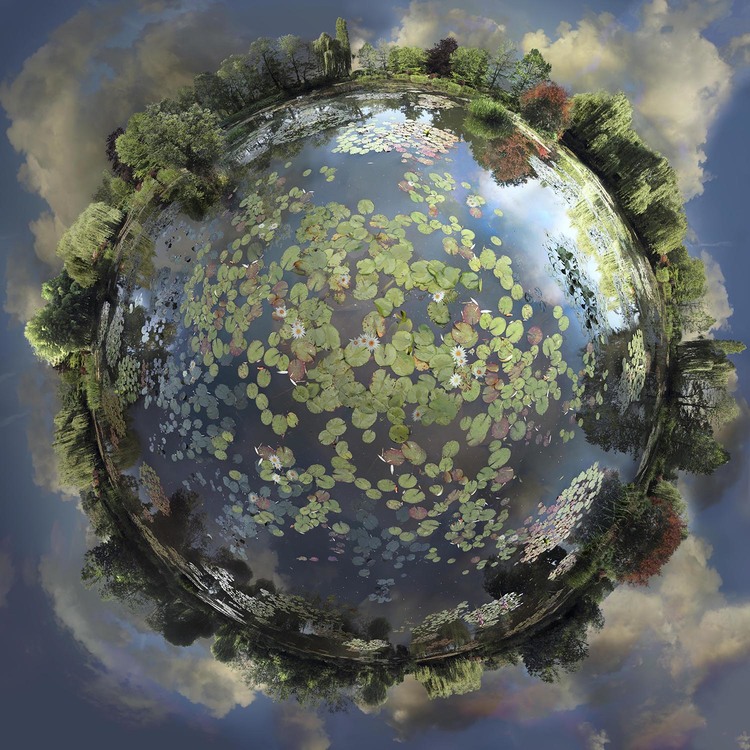
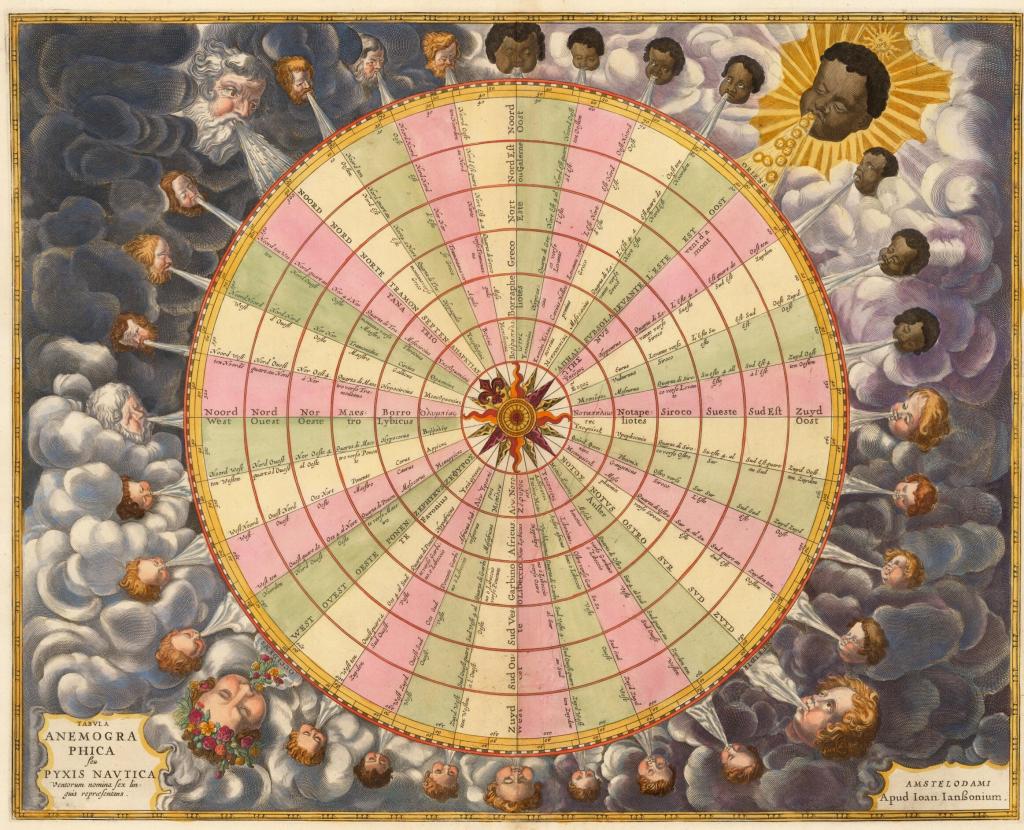
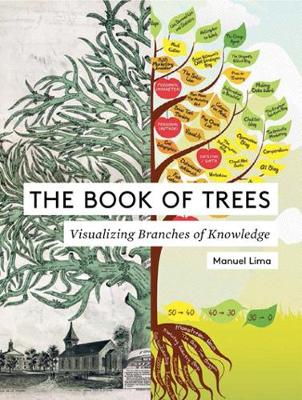
II. The Book of Trees [2014] by Manuel Lima – ★★★1/2
This book was even quirkier and more “specialised” than The Book of Circles, showing the history of the presentation of knowledge through the format or symbol of a tree. Whether depicting a biblical ancestry or computer science data relations, a tree seems particularly suited to being a useful visual mnemonic depicting knowledge because different concepts, as well as their inter-relationships, can be presented as different branches, one following from, or leading to, another, and stemming from the same source(s) – the root(s).
The book tells us that the use of a figurative moral tree dates back to the twelfth century. There are the trees of virtues and vices, and there are also trees depicting various expressions of law, consanguinity (kinship relations), and science. For example, one of the examples of the latter was made by Ramon Llull in 1296, who depicted the tree whose branches represent the sixteen domains of science, and that tree also has eighteen roots divided between nine divine attributes (goodness, greatness, eternity, power, wisdom, will, virtue, truth, and glory) and nine logical principles (difference, concord, contrariety, beginning, middle, end, majority, equality, and minority). Then, there are vertical, inverted trees, with the root at the top, used to present taxonomical knowledge, and organisational or evolutionary charts. The horizontal trees, on the other hand, are used to show flow charts, and mind and linguistic maps, while multidirectional and rectangular trees show computer algorithms.
🌳 As The Book of Circles above, this gorgeously-illustrated book shows much what is already there, but, unfortunately, also provides few insights as to what it all actually means or how one tree symbol may be related to another.

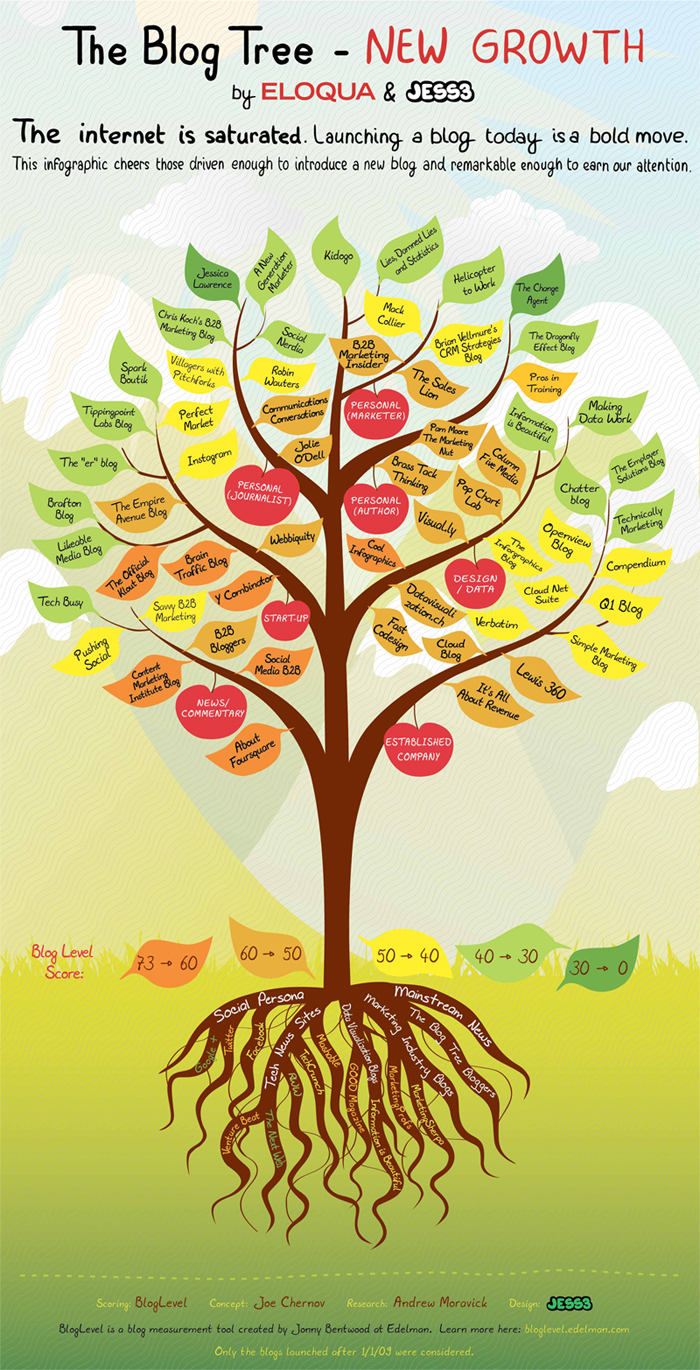



These books look so beautiful! Thanks for the recommendation.
LikeLiked by 1 person
They both seem like very interesting reads! Having a visual representation of something alwyas helps to put our minds around something. The illustration look beautiful as well!
LikeLiked by 1 person
Thanks Diana!
I have loaded this exciting book in my kindle. There is an interesting old coincidence: Parmenides declared the sphere (in greek: σφαῖρα) the best representation of the “to Be”, in greek ειναι or εἰμί. Brief : the essence of every existing thing.
All the best!
Ramón
LikeLiked by 2 people
These both look like fascinating books. Shame they lack a bit of depth but the illustrations are beautiful.
LikeLiked by 1 person
These books seem like they’d be great fun to peruse with a friend or two sitting beside you. In any case, I suspect they provide excellent fodder for many a dinner party conversation. Thanks!
LikeLike
Talk about adding a dimension to knowledge! I’m still trying to wrap my head around the circles. Am more familiar with trees. For the past 10 years I’ve used an elegant “horizontal” tree format notetaking app called “Workflowy” to type all my notes. about everything. It’s been a game changer.
LikeLike
I think I’ve heard about workflowy, but am not sure what it entails. It sounds very useful though!
LikeLike